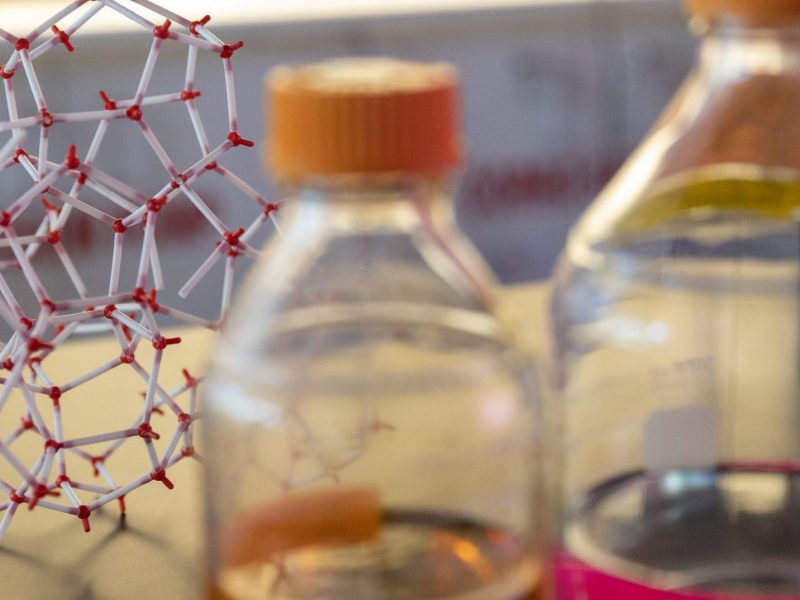Description
The invention provides assays, methods, and kits to detect and quantify total Coccidioides species in a sample (e.g., human and livestock) with high specificity and sensitivity. This invention utilizes a genomic target specific to Coccidioides species, including Coccidioides immitis and Coccidioides posadasii. The method includes multiplex real-time quantitative polymerase chain reaction (RT-qPCR) assays. The kits include oligonucleotides used as primers and probes.
Additional information
Patent number and inventor
9,404,161
David Engelthaler, Elizabeth Driebe, and Paul Keim.
Potential applications
Clinical applications to detect and treat valley fever.
Benefits and advantages
Coccidioidomycosis, also known as valley fever, results from an infection with Coccidioides immitis and Coccidioides posadasii fungi, which are endemic to arid soils of the southwestern United States as well as parts of Mexico and Central and South America. A significant number of individuals from outside the Coccidioides endemic region migrate annually to the desert Southwest and are at greater risk for developing valley fever, even after returning to their respective homes. These infections, therefore, are likely to escape or confound diagnosis in non-endemic regions.
While real-time PCR-based assays have been developed, these assays have lacked the needed sensitivity. Also, prior assays do not accurately detect or quantify the load of Coccidioides organisms in an infection. This assay detects the target region and quantifies Coccidioides fungal load, and is highly sensitive as it can detect equivalents to less than one genomic DNA molecule per microliter of DNA.
Case number and licensing status
2012-019
This invention is available for licensing.

